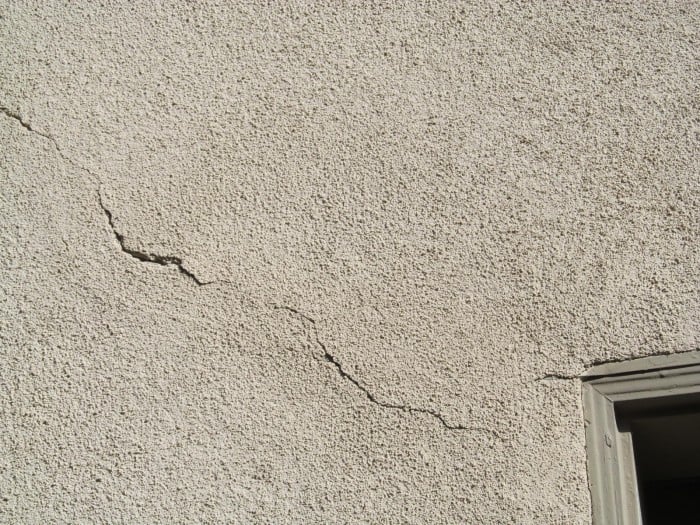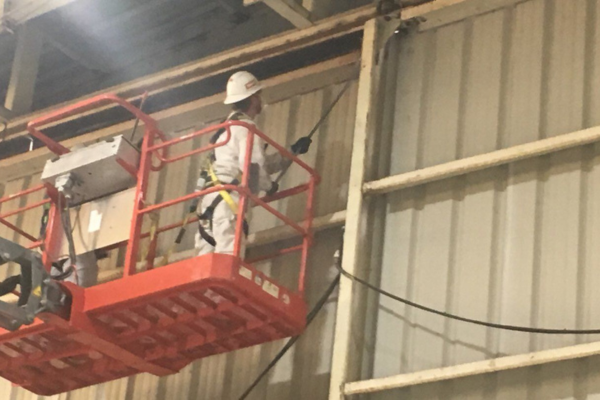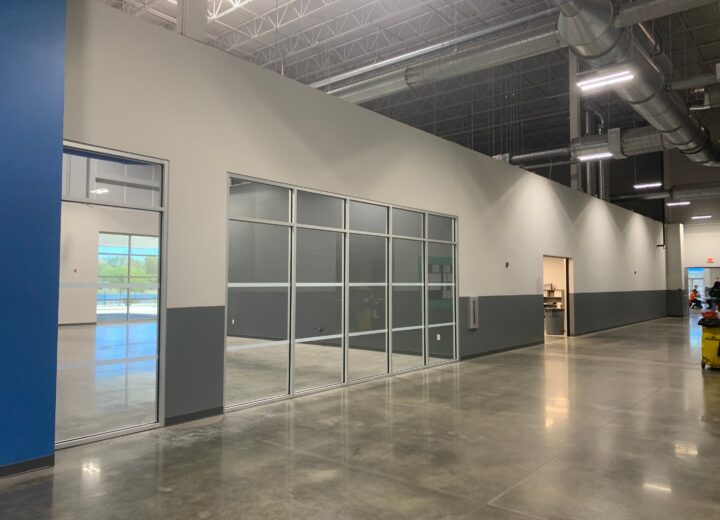 Stucco cracks cannot be prevented entirely. However, they can be significantly controlled and reduced when causes are considered and adequate preventative measures are taken.
Stucco cracks cannot be prevented entirely. However, they can be significantly controlled and reduced when causes are considered and adequate preventative measures are taken.
In this context, “adequate” measures include a series of actions that can help minimize the risk of cracking in stucco systems. In this post, we’re going to focus on four preventative actions that can be used to reduce the likelihood of stucco cracks.
1. Drying Shrinkage
Most stucco cracks develop as a result of excessive evaporation of water from the stucco. For instance, Florida’s summer high temperatures can cause water to evaporate faster from the stucco, leading to drying shrinkage and hairline cracks. Though most of these cracks present only an aesthetic concern, excessively cracked stucco will be unable to protect your home or business from the elements. In addition, some cracks may develop into deeper cracks and become a bigger problem in the long run. An essential aspect is that hairline cracks can occur, irrespective of material quality and application method.
Solution: To lower the risk of drying shrinkage cracking, the following measures should be implemented:
- thoroughly wet highly absorbent/rough-textured masonry before applying stucco;
- follow the recommended mix ratios, avoiding cement rich mixes;
- damp-cure newly applied stucco in hot and dry weather conditions;
- avoid drilling and other operations that could produce vibrations during the curing period;
- apply a cement-compatible polymer to the recently cured stucco and trowel a fiberglass mesh into it.
If hairline stucco cracks still develop, they can be covered using a cement-based product or an elastomeric coating. Before using any product over stucco, vapor permeability, mil thickness and maintenance should be carefully considered.
2. Mix Proportions
Mix proportions dictate the manner in which stucco behaves during application, curing and drying. Specifically, the water-to-cement ratio dictates the workability of stucco along with the likelihood of cracking. As an example, if the water-to-cement ratio is too low, you’ll get a dense mixture, with high setting, curing and drying rates. Conversely, a high water-to-cement ratio will diminish the ability of stucco to bond. In both cases, stucco will be more susceptible to cracking.
Solution: Always comply with industry cement:aggregate:water ratio standards. One way to assess the consistency and workability of fresh stucco is to use the slump test – the same test used to measure the workability of concrete. The right consistency for stucco is when it maintains its shape (without crumbling or flowing) after the cone has been removed.
3. Control Joints
Another major cause of stucco cracks is movement generated by thermal (expansion/contraction) and mechanical stresses, such as vibration, impact, building settlement, twisting or movement of framing, etc. In most cases, movement can cause minor stucco cracks to develop at high stress points, such as the upper corners of doors and windows.
Solution: While it’s impossible to prevent cracking from all the stress forces occurring into a stucco assembly, the risk of cracking can be much reduced by installing control joints. The role of control joints is to deflect the movement stresses, minimizing the development and spread of stucco cracks. When building a new home, expansion joints can also be installed to provide perimeter relief in wall systems. These joints can accommodate all kinds of stresses, including those generated by drying shrinkage, thermal contraction and expansion, and substrate deflection.
*Control joints should not be confused with expansion joints.
4. The Right Contractor
Applying stucco is often more difficult than it seems. Professional looking end results require a lot of work and extensive knowledge. Therefore, our advice to you is to hire a professional stucco contractor who knows what materials to use, is skilled at mixing and applying stucco, and has plenty of experience to ensure optimal outcomes.
Now, we would like to wish you good luck with your stucco project. Once your new stucco is completely dry, contact us at Performance Painting, and our experienced professionals will help you bring your “colorful” dream to life.






